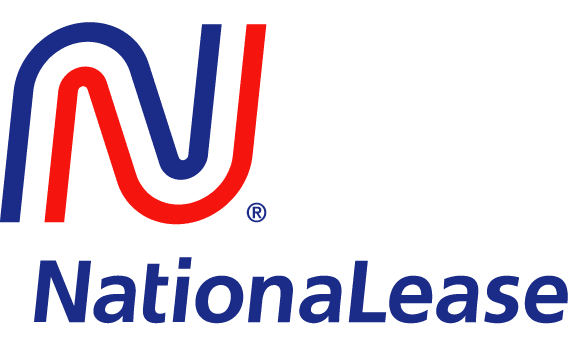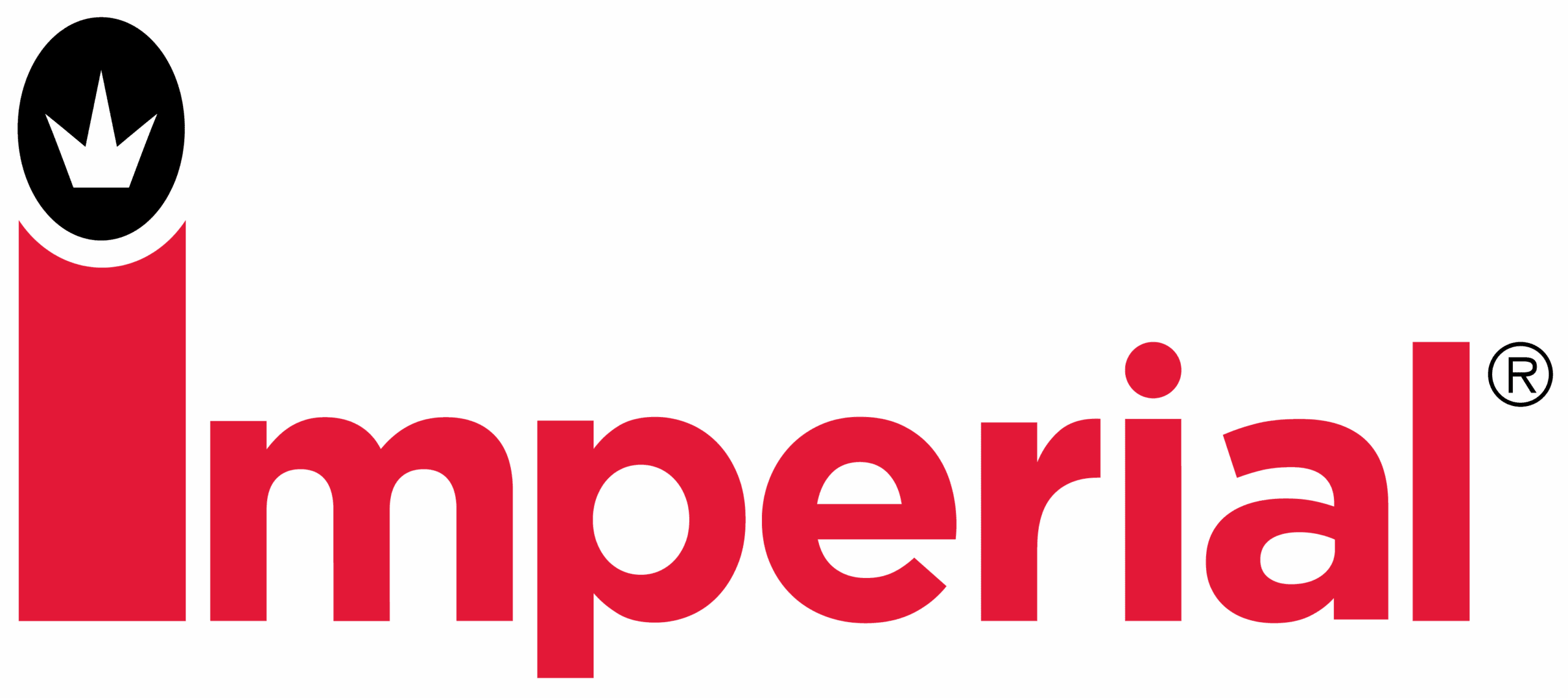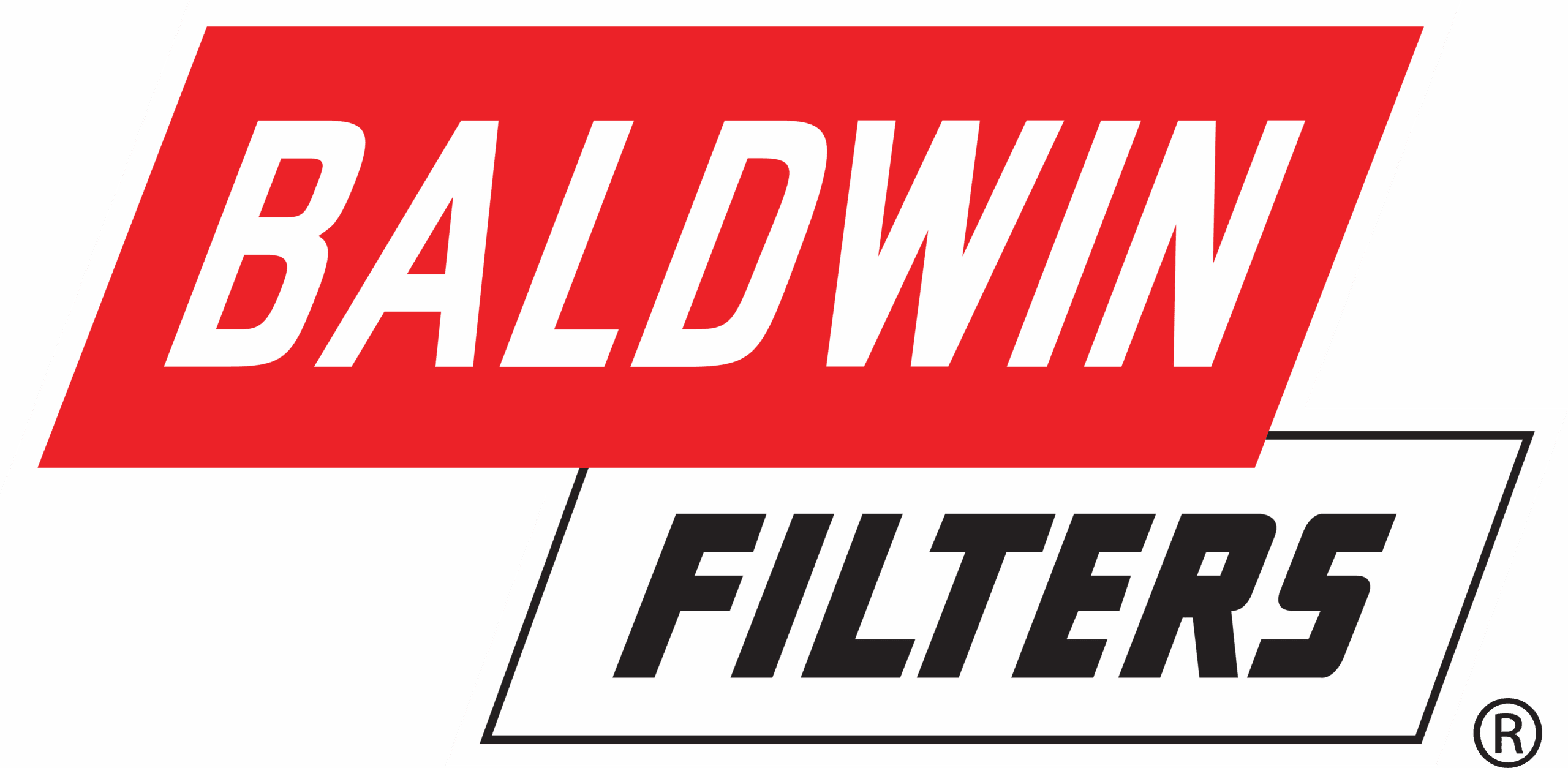Breaking up with a supplier: Five steps for procurement leaders
Home - Breaking up with a supplier: Five steps for procurement leaders
Jonathan Heller

Long-standing supplier relationships don’t unravel overnight. Often, they’re rooted in years of trust, history, and mutual understanding. But eventually, even the strongest relationships can hit a wall—whether from performance slips, rising costs, or business needs evolving beyond what the incumbent can deliver.
In these moments, procurement plays a critical role, not just in facilitating change, but in guiding the organization through the delicate, often emotional process of supplier transition.
What follows is a structured approach to help procurement leaders tasked with navigating that path.
Step 1: Surface the alternatives — and back them with evidence
For many stakeholders, the idea of moving on from a familiar supplier feels risky. Behavioral economists (and frustrated financial advisors) call this “loss aversion.” In simple terms, it’s the idea that the fear of loss outweighs the promise of gain.
That’s why procurement’s first job is to bring clarity through perspective.
Come equipped with current market intelligence, like comparable pricing from recent events, supplier capability briefs, and industry benchmarks. Don’t just say there are better options; show them. Let the facts do the heavy lifting in persuasion.
When stakeholders can see real-world examples of how new suppliers may provide better pricing, stronger capabilities, or faster service, the conversation often shifts from resistance to curiosity. That’s where momentum starts.
Step 2: Manage personal dynamics with professional boundaries
Long-term supplier relationships often come with emotional equity. Or emotional complexity, depending on the situation. Maybe the incumbent team has gone above and beyond in past crises. Maybe there’s a personal rapport that’s developed over years of collaboration.
That human connection can be valuable, invaluable even, but it can also blur lines and compromise objectivity when it’s time to re-evaluate.
Procurement leaders must set clear expectations: Stakeholders should facilitate the introduction to the supplier, then allow procurement to manage all communications moving forward. This minimizes the risk of mixed messages, back-channel discussions, or unconscious signaling that could tilt the playing field.
A clean, impartial sourcing process benefits everyone involved, especially when tough decisions – and big money – are on the table.
Step 3: Analyze the data, but don’t let numbers tell the whole story
When bids come in, it’s tempting to jump straight to pricing comparisons. But price is only one lens, and rarely the full picture.
Begin by validating the data. Ensure all bids are comparable and based on consistent units, assumptions, and service levels. Where inconsistencies arise, pick up the phone. Clarify.
But don’t stop there. Qualitative factors such as responsiveness, innovation, scalability, and cultural fit, often have as much impact on stakeholder satisfaction and long-term success as any cost differential.
Stakeholders may not articulate these priorities upfront, but they’ll recognize them in a well-structured comparison. Use side-by-side visuals or scoring models to highlight how each supplier stacks up, not just against the incumbent, but against what the business truly needs.
Step 4: Give the incumbent one final, structured opportunity
Even if the incumbent falls short in their initial bid, they deserve a fair and transparent opportunity to improve. Provided it’s within the framework of a structured process.
Using market benchmarks and stakeholder priorities, define clear expectations for pricing, service enhancements, or other adjustments. Then, communicate those expectations directly. Host a review call. Give them a defined window to respond.
This isn’t about granting special treatment but establishing objectivity. It’s about removing ambiguity and demonstrating procedural fairness, both of which strengthen stakeholder buy-in.
If the incumbent steps up, great. If not, the decision to move on becomes a logical next step, one backed by process and proof.
Step 5: Lead the transition, don’t just monitor it
Awarding the business is only half the job; the other half is ensuring a smooth, complete handoff.
Work closely with stakeholders to create a detailed transition checklist: security access changes, inventory handoffs, system integrations, contractual closeouts, and communications plans. A proactive transition plan limits operational risk, sets the tone for the new supplier relationship, and preserves continuity in the eyes of internal and external partners.
When procurement leads the transition process and not just the sourcing events, confidence grows and disruption shrinks. And the organization is more likely to view the supplier change as a strategic win, not an operational hassle.
Breaking up doesn’t have to be hard to do
Supplier transitions are rarely, if ever, just about cost. They’re more often about evolving business needs, operational resilience, and stakeholder trust.
Sure, breaking up can be fraught, maybe a little political and rife with second-guessing. But sticking with a supplier who no longer delivers is just plain risky.
When guided with clarity, discipline, and empathy, procurement can turn a difficult supplier breakup into a powerful inflection point that ultimately improves service, strengthens supplier partnerships, and delivers greater value across the business.
At Corcentric, we support procurement leaders through every phase of that supplier transition journey, ensuring that decisions are data-driven, stakeholder-aligned, and designed for long-term success. Because in today’s environment, strategic procurement isn’t just about getting better deals, it’s about establishing better outcomes.














